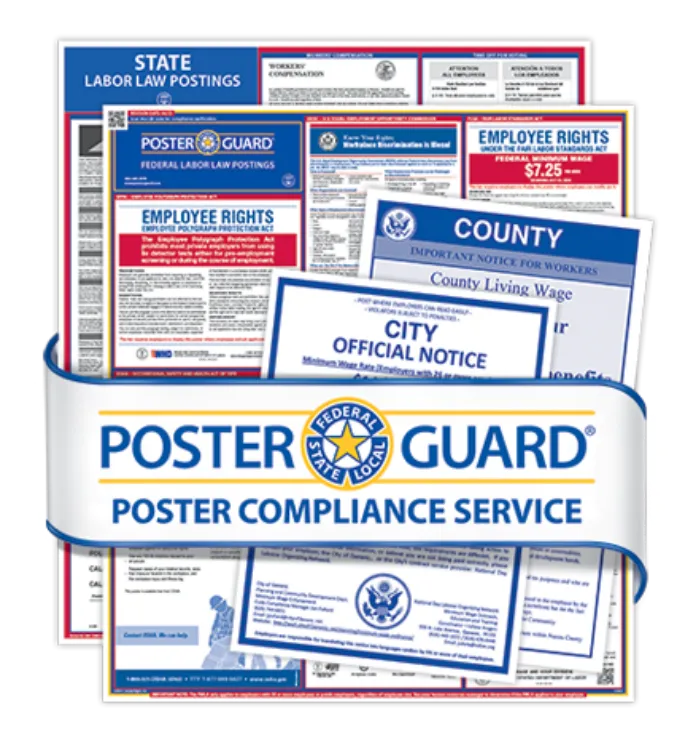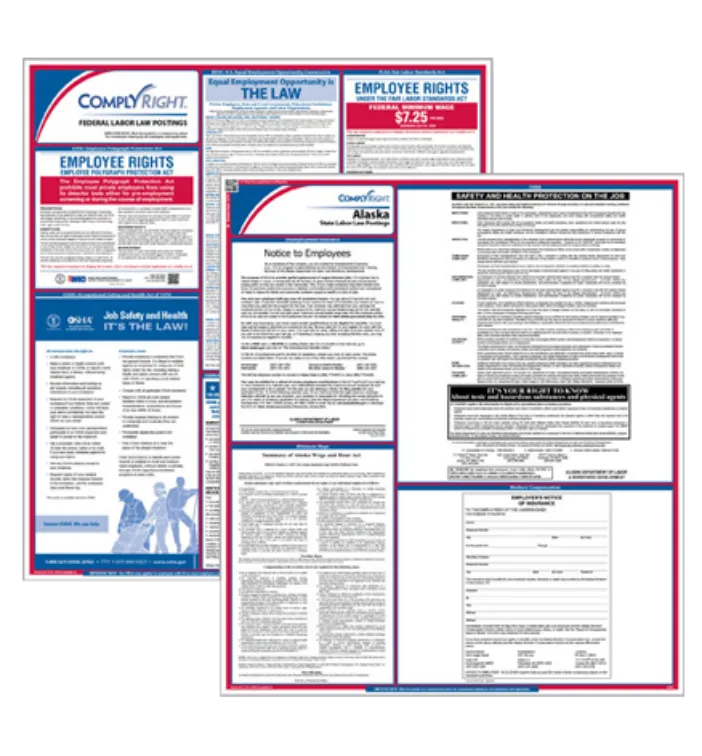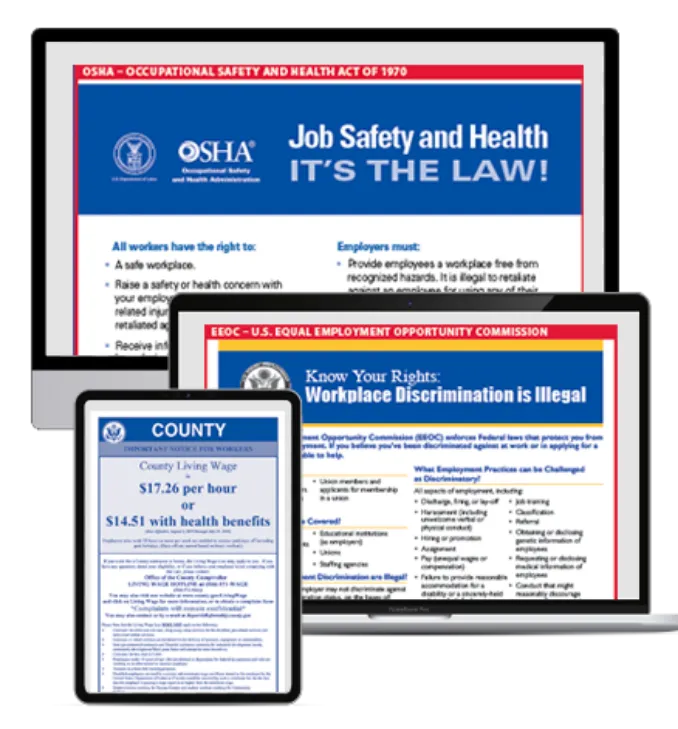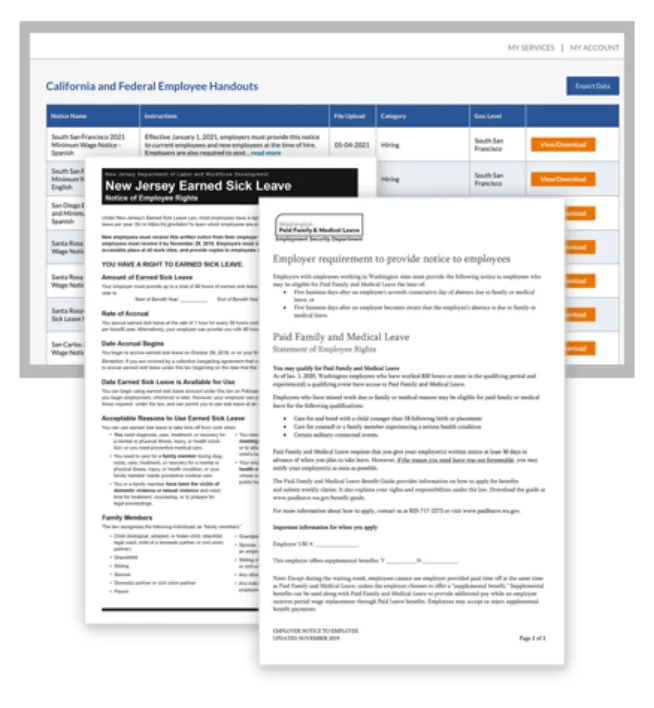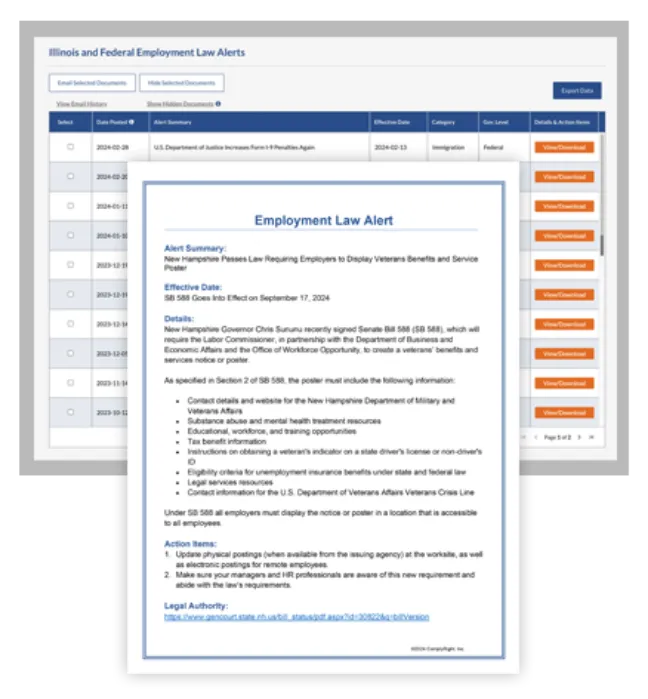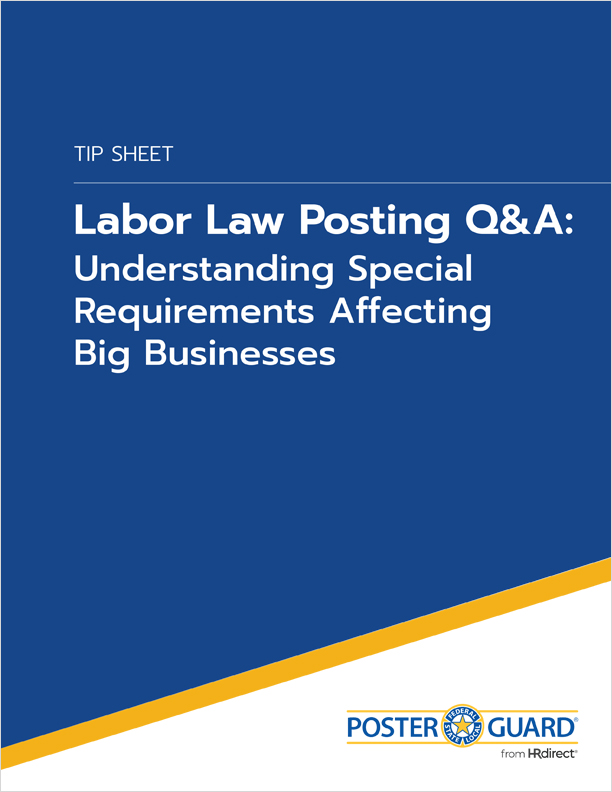Maintaining a safe workplace is every employer's responsibility. And no matter what industry you’re in, there’s a chance your employees will get sick or injured on the job. Therefore, it’s critical both employers and managers understand the value of safety in the workplace.
According to the U.S. Bureau of Labor Statistics (BLS), private industry employers reported 2.8 million nonfatal workplace injuries and illnesses in 2019. Of these, more than 880,000 caused an employee to miss at least one day of work. (Additionally, there are around 5,000 workplace fatalities every year – an incredibly small number compared to the millions of nonfatal incidents.)
The cost to employers is more than missing days. Other losses include workers’ compensation claims, medical bills, reduced productivity, diminished employee morale and having to hire and train replacement workers.
Examining Common Causes
The BLS 2019 data identified the most-common causes of non-fatal workplace injuries. According to the statistics, the most-common causes of workplace injuries are:
- Overexertion and bodily reaction (e.g., injuries related to carrying or lifting)
- Falls, slips and trips
- Contact with objects or equipment (e.g., a moving object striking a worker)
- Violence and other injuries caused by persons or animals
- Transportation accidents
Reducing the Risk
Unsafe human behavior is a leading contributor to most workplace accidents and injuries. And one of the leading causes of unsafe behavior is stress. Stress negatively affects how people think, act and react – increasing the odds of your employees getting hurt.
Now, more than ever, employers must take action to reduce worker stress. You may be asking employees to take over new roles and responsibilities due to reduction in staff. Or your employees may be returning to work after a lengthy furlough. These are tense situations as workers worry about accomplishing their duties and keeping their jobs.
Here are some practical tips on reducing on-the-job stress:
- Give employees as much control over their jobs as possible. Communicate often and clearly with your staff so they have the information they need to meet their goals. Make it easy for them to find the answers and get the support they need.
- Make sure employees have the resources and training to do their jobs well. You may need to conduct refresher courses for employees who haven’t been able to work recently. Or, if you have employees who are new to working remotely, you can offer resources to help them be productive outside the office.
- Encourage employees to talk freely and support one another. Urge employees to check in with team members. Include remote workers by scheduling regular virtual meetings. Above all, let your employees know you have an open-door policy, and they are always welcome to share their thoughts, concerns and ideas with you.
Creating a Hazard-Free Workplace
In addition to reducing workplace stress, employers need to take steps to create safe, hazard-free workplaces. First, take the time to identify potential dangers in the workplace. This could be as simple as shadowing workers for a few hours, conducting a self- inspection of the workplace, meeting with managers to discuss past or current problems and reviewing OSHA logs to identify any repeated incidents or injuries.
Next, do everything necessary to make the workplace safer. For example, provide workers with the proper safety gear and update machinery, equipment, tools, and processes to reduce risks. This includes giving all workers – including independent contractors and temporary workers – general safety training, as well as any training specific to your workplace and its unique risks.
Informing Employees of Their Rights
Finally, it’s critical for employers to notify employees of their rights and responsibilities (e.g., how to report an injury). All U.S. employers are required by law to inform employees of their legal rights through mandatory postings. This includes notices like the OSHA federal poster and OSHA state posters – as well as city and county postings in certain areas.
Stay on top of the changing laws with Poster Guard Compliance Protection. The annual subscription service includes all required federal, state and local postings including mandatory OSHA notices. For additional resources to help train employees and communicate proper safety measures, visit HRdirect.
According to the Liberty Mutual Workplace Safety Index, serious, nonfatal workplace injuries now amount to nearly $60 billion in direct U.S. workers’ compensation costs per year.

